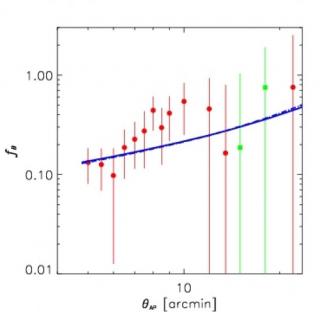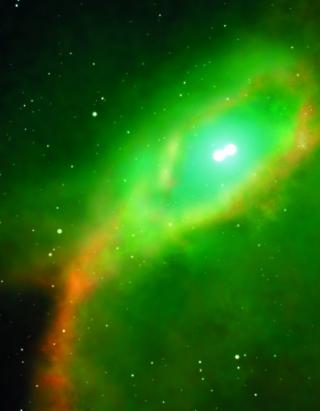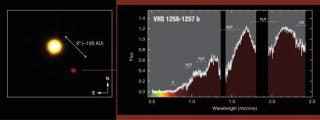
The total baryon content in the Universe is a well-defined quantity, in addition to being one of the most important cosmological parameters. A variety of observations (CMB, Ly-alpha forest, Big Bang nucleosynthesis) indicate that all baryons amount to around 4% of the total matter-energy content of the Universe. However, in the local Universe the contribution of all the observed components represents around 2% of the total. Therefore, half of the baryons in the local Universe remain elusive. In this article we have presented measurements of the kinematic Sunyaev-Zel’dovich effect in Planck
Advertised on




